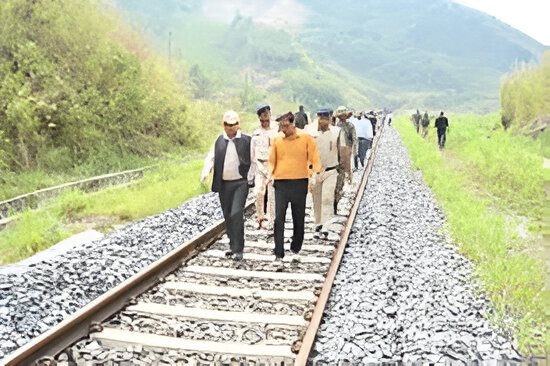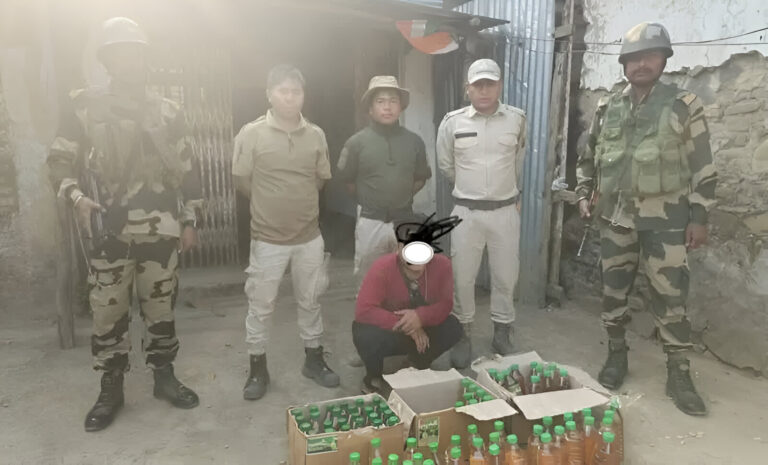India’s Monsoon Season: Why the Rains Have Paused and What It Means for the Future
Summary:
India’s weather forecast indicates a temporary pause in the monsoon, impacting several parts of the country. The delayed rains raise concerns for farmers and the agriculture industry as they rely heavily on the monsoon for irrigation. Weather experts predict the return of rainfall but warn that climate change may be influencing these irregular patterns, contributing to more unpredictable weather in the coming years.
Monsoon in India: A Lifeline Under Threat
The Indian monsoon is much more than just seasonal rainfall. It’s the lifeblood of the country’s agriculture, affecting food production, water supply, and even the economy. But in recent years, unpredictable weather patterns have caused disruptions in this once reliable season. This year, reports indicate that the monsoon has taken an unexpected pause, leaving many parts of India dry when they should be drenched.
If you’re wondering what this means for the country and its people, you’re not alone. Let’s break it down.
Understanding the Importance of the Monsoon
Why Monsoon Matters So Much in India
For centuries, the monsoon has been central to life in India. Around 70% of India’s annual rainfall comes during the monsoon season, which usually lasts from June to September. This rain feeds rivers, fills reservoirs, and ensures that crops like rice, wheat, and sugarcane flourish. In short, the monsoon is the backbone of India’s agrarian economy. A delay or lack of rain can have ripple effects, from agricultural losses to inflation and even affecting the country’s GDP.
A Pause in the Rains: What’s Happening?
So, what’s the deal with the current weather? The recent reports indicate a noticeable pause in the monsoon, especially across states that are typically drenched in this period. Meteorologists have been closely monitoring this, and while some areas still received sporadic showers, large swathes of the country are experiencing a dry spell.
While this isn’t the first time the monsoon has paused, it’s raising concerns because these interruptions have become more frequent in recent years. This stop-and-start pattern could be a sign of a larger, more concerning trend in the climate.
Is Climate Change to Blame?
The Role of Climate Change in Monsoon Patterns
Climate experts have long warned that global warming is affecting the world’s weather systems, and the monsoon is no exception. With rising temperatures, the atmosphere holds more moisture, leading to heavier downpours during some periods but also prolonging dry spells during others.
This year’s monsoon pause is a case in point. The erratic nature of rainfall, coupled with extreme temperatures in parts of India, is putting stress on both the environment and the people who rely on regular monsoon rains for their livelihoods.
Why More Extreme Weather is Expected
It’s not just about a delayed monsoon. Studies suggest that India is likely to experience more extreme weather events in the coming years—think heavier floods, longer droughts, and more frequent heatwaves. While one paused monsoon doesn’t prove these predictions, it certainly fits the pattern.
Impact on Agriculture and Food Security
Agriculture in Jeopardy
For India’s millions of farmers, the monsoon isn’t just about weather—it’s about survival. A delayed or weak monsoon can wreak havoc on crops, particularly for those who grow water-intensive crops like rice. If the rains don’t return in time, farmers may be forced to abandon fields, resulting in poor harvests. This can drive up food prices, exacerbate inflation, and create a cycle of financial hardship for rural communities.
Irrigation and Water Supply: A Growing Concern
Many parts of India depend on monsoon rains to replenish groundwater and fill reservoirs. Without adequate rainfall, water scarcity becomes a pressing issue. In regions already grappling with water shortages, a poor monsoon can lead to severe drinking water shortages, forcing people to rely on less reliable sources.
Economic Ramifications of a Monsoon Pause
Impact on India’s Economy
India’s economy is deeply intertwined with its agricultural sector, which employs nearly half of the country’s population. A weak or delayed monsoon season can shrink agricultural output, causing ripple effects across the economy. As crop yields decline, food prices rise, driving inflation. For a country with such a large rural population, this can be particularly damaging.
Additionally, industries that depend on consistent water supply, such as textiles and power generation, may also feel the impact of a weak monsoon.
Ripple Effects on Food Prices
One of the most immediate effects of a weak monsoon is a spike in food prices. Reduced agricultural output leads to scarcity, which in turn drives up the cost of staple foods like rice, wheat, and vegetables. For lower-income families, who spend a significant portion of their earnings on food, these price hikes can severely strain household budgets.
Government Response: What’s Being Done?
Mitigation Efforts by the Indian Government
The government is aware of the threat posed by erratic monsoon patterns and has implemented several measures to mitigate the impact on farmers and the economy. These include subsidies on irrigation equipment, the promotion of drought-resistant crops, and offering crop insurance to help farmers recover from poor yields.
However, while these measures are helpful, they may not be enough if erratic weather becomes the new normal. Experts suggest that more investment in sustainable agricultural practices and water management systems will be needed to help the country adapt.
Long-Term Solutions for Water Scarcity
To combat the looming threat of water shortages, India has ramped up efforts to promote rainwater harvesting, improve groundwater management, and invest in desalination plants in coastal areas. But these long-term solutions will take time to implement and come with their own set of challenges.
What Can Be Done to Address the Changing Monsoon?
The Role of Technology
In the face of changing weather patterns, technology may offer some solutions. From precision farming techniques that help farmers use water more efficiently to AI-powered weather prediction models, technology can help farmers better prepare for the unpredictable monsoon. The government has also been promoting the use of mobile apps that provide farmers with real-time weather updates and advice on best farming practices.
Sustainable Agriculture Practices
Going forward, India will need to embrace more sustainable farming methods. This could include shifting away from water-intensive crops like rice and sugarcane in drought-prone areas and instead promoting more resilient crops. Additionally, the government may need to expand its irrigation infrastructure to ensure that farmers have access to water even during dry spells.
The Future of the Monsoon in a Changing Climate
While this year’s pause in the monsoon is worrying, it’s also a wake-up call for India and the world. Climate change is altering weather patterns, and it’s clear that old assumptions about the reliability of the monsoon may no longer hold true.
As we look to the future, it’s essential that India takes steps to adapt to these changes. Whether through technological innovation, sustainable agriculture practices, or improved water management, the country must be prepared for a world where the monsoon is less predictable than ever before.
FAQs
- Why has the monsoon paused in India this year?
The monsoon has temporarily paused due to changing atmospheric conditions, possibly linked to broader climate changes, which are making weather patterns more unpredictable. - How does a delayed monsoon affect India’s agriculture?
A delayed monsoon can severely impact crops, particularly water-dependent crops like rice, leading to poor harvests and economic hardship for farmers. - Is climate change affecting India’s monsoon?
Yes, climate change is believed to be influencing the erratic nature of the monsoon, with rising temperatures contributing to both heavier downpours and prolonged dry spells. - What can India do to mitigate the effects of a weak monsoon?
India is investing in technology, promoting sustainable agricultural practices, and improving water management to adapt to the changing monsoon patterns. - How does a weak monsoon impact India’s economy?
A weak monsoon affects agricultural output, driving up food prices, contributing to inflation, and causing ripple effects across the economy.




